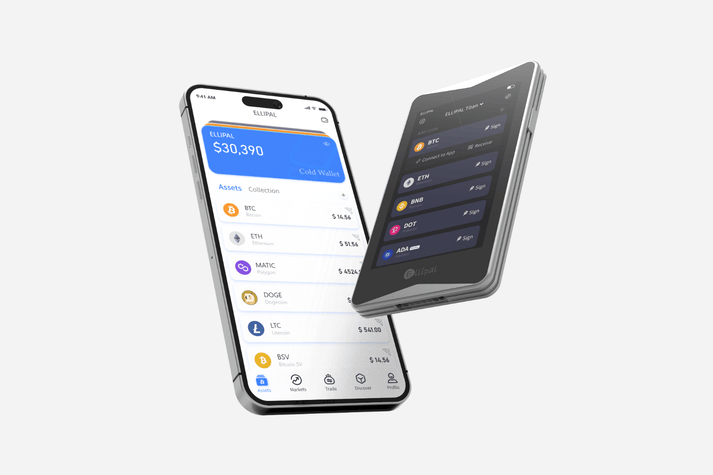Maximizing the Security of Your Cold Storage Wallet: Best Practices and Tips
Corps
In the world of cryptocurrency, ensuring the security of your assets is paramount. One of the most effective ways to safeguard your digital wealth is by using a cold storage wallet. This article will delve into the best practices and tips for maximizing the security of your cold storage wallet.

What is a Cold Storage Wallet?
A cold storage wallet is a type of cryptocurrency wallet that is not connected to the internet. This offline storage method significantly reduces the risk of hacking and unauthorized access. Cold storage wallets come in various forms, including hardware wallets, paper wallets, and even physical coins.
Types of Cold Storage Wallets
- Hardware Wallets: These are physical devices designed to store private keys securely. Examples include the Ledger Nano S and Trezor.
- Paper Wallets: These involve printing your private and public keys on a piece of paper, which you then store in a safe place.
- Physical Coins: These are physical representations of cryptocurrency that contain private keys embedded within them.
Best Practices for Securing Your Cold Storage Wallet
To maximize the security of your cold storage wallet, follow these best practices:
1. Use a Reputable Wallet
Always choose a cold storage wallet from a reputable manufacturer. For instance, the Ledger Nano S is a popular choice known for its robust security features.

2. Keep Your Private Keys Secure
Your private keys are the gateway to your cryptocurrency. Store them in a secure location, such as a safe or a safety deposit box. Never share your private keys with anyone.
3. Regularly Update Your Wallet Firmware
Manufacturers often release firmware updates to enhance security. Ensure that your hardware wallet's firmware is always up-to-date.
4. Use Multi-Factor Authentication
Whenever possible, enable multi-factor authentication (MFA) to add an extra layer of security to your cold storage wallet.
Common Mistakes to Avoid
While securing your cold storage wallet, avoid these common mistakes:
- Storing Private Keys Digitally: Never store your private keys on a computer or online storage service.
- Using Unverified Wallets: Avoid using wallets from unknown or unverified sources.
- Neglecting Backup: Always have a backup of your private keys in case of loss or damage.
“The security of your cryptocurrency is only as strong as the weakest link in your storage method.”
Conclusion
In conclusion, a cold storage wallet is an essential tool for safeguarding your cryptocurrency. By following the best practices and avoiding common mistakes, you can maximize the security of your digital assets. Remember, the key to effective security lies in vigilance and regular updates.
For more information on cold storage wallets, check out this video guide.











commentaires